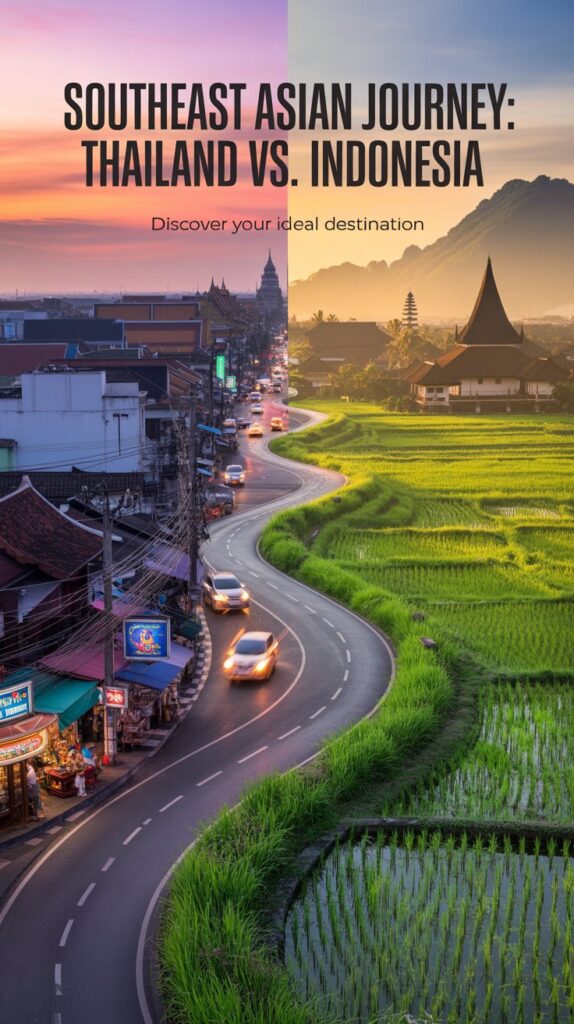Choosing between Indonesia and Thailand for your next Southeast Asian adventure? Both countries offer unique experiences, from stunning beaches to rich cultural heritage. Here’s a detailed comparison to help you decide which destination aligns best with your travel preferences.
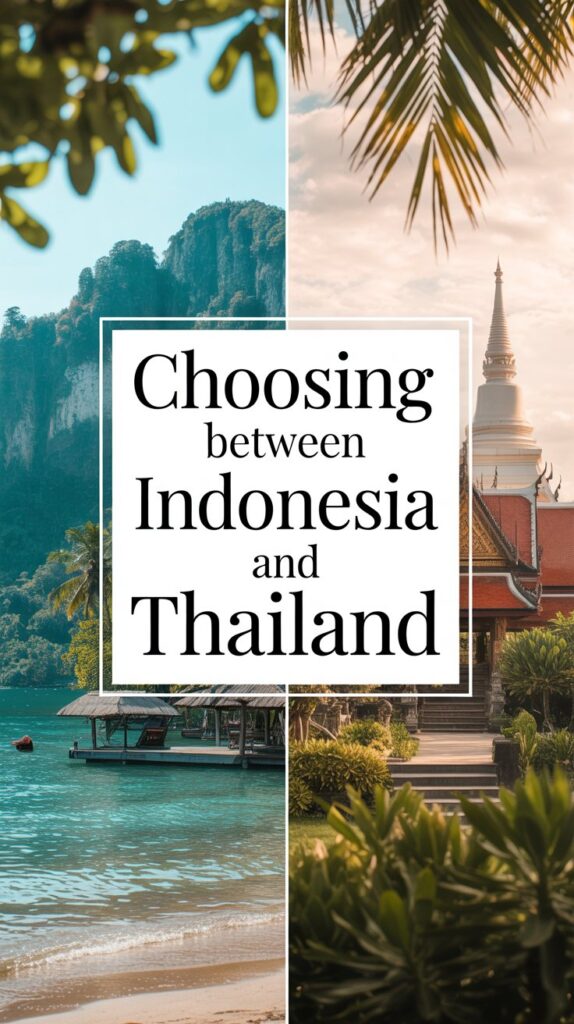
Entry Points and Accessibility
Thailand: Boasts two major international airports—Suvarnabhumi (BKK) in Bangkok and Phuket International Airport (HKT). These hubs offer numerous direct flights from around the world, making Thailand highly accessible. Additionally, smaller airports in Chiang Mai (CNX) and Krabi (KBV) provide convenient entry points to northern and southern regions, respectively.
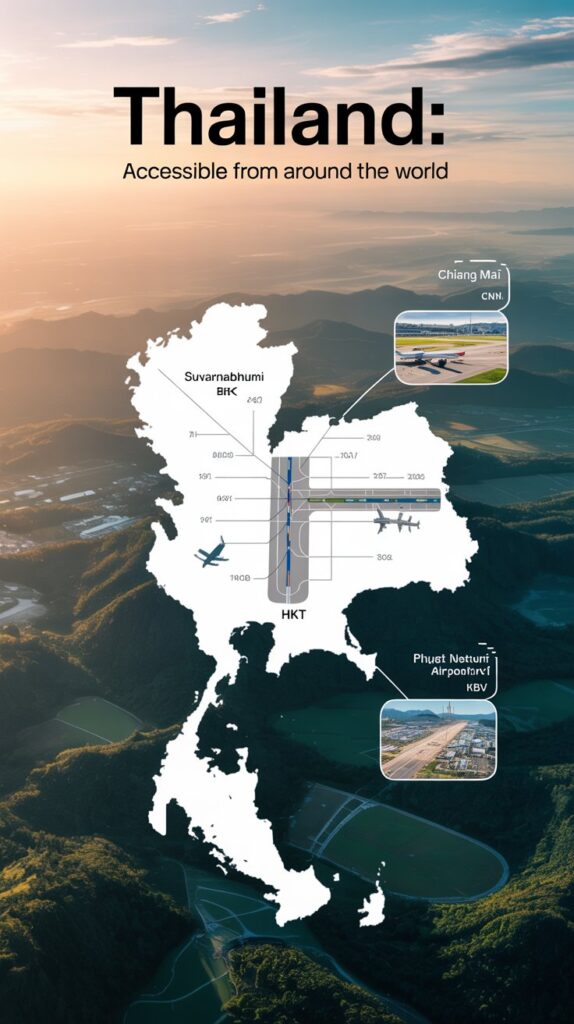
Indonesia: The primary gateway is Soekarno-Hatta International Airport (CGK) in Jakarta. Bali’s Ngurah Rai International Airport (DPS) also receives international flights, though direct options may be limited depending on your departure location. For Sumatra, Kualanamu International Airport (KNO) in Medan serves as a key entry point.
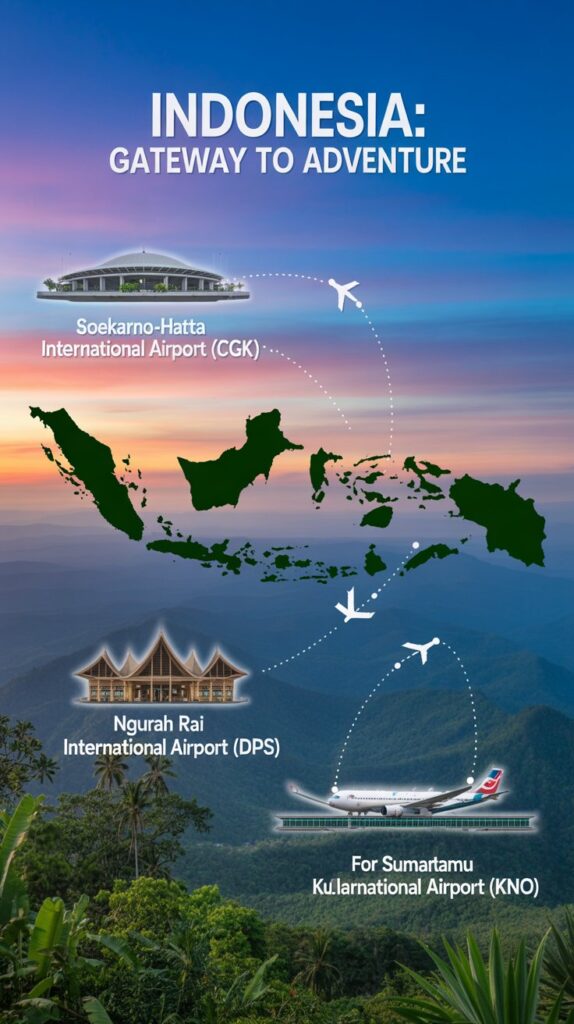
Visa Requirements
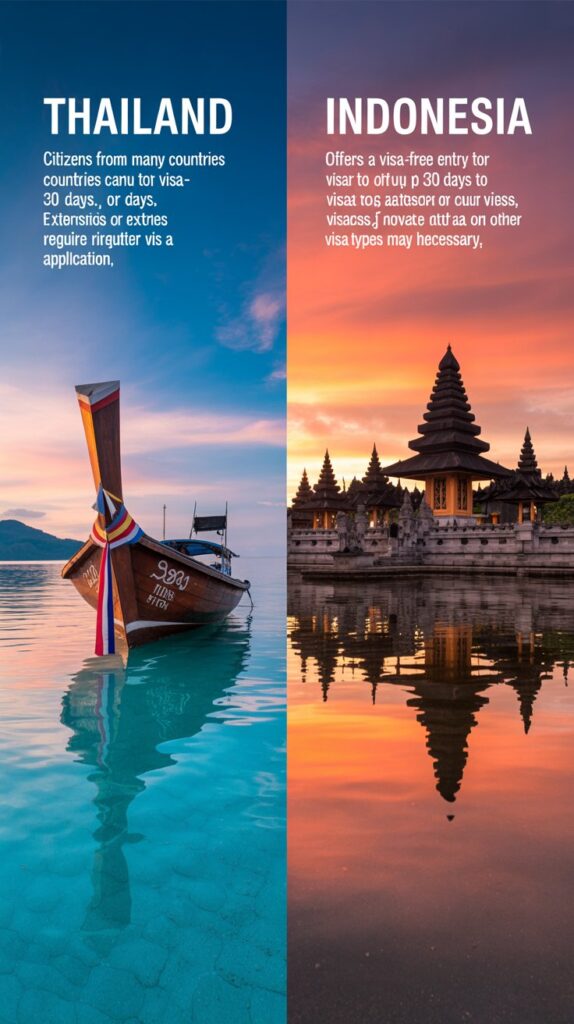
Thailand: Citizens from many countries can enter visa-free for up to 30 days. Extensions or longer stays require a visa application.
Indonesia: Offers a visa-free entry for up to 30 days to citizens of select countries. For extended stays, a visa on arrival or other visa types may be necessary.
Beaches and Natural Landscapes
Thailand: Famous for its picturesque beaches with white sands and clear waters. Popular spots include Phuket, Koh Phi Phi, and Koh Samui. The country’s landscape also features lush jungles and scenic mountains, especially in the north.
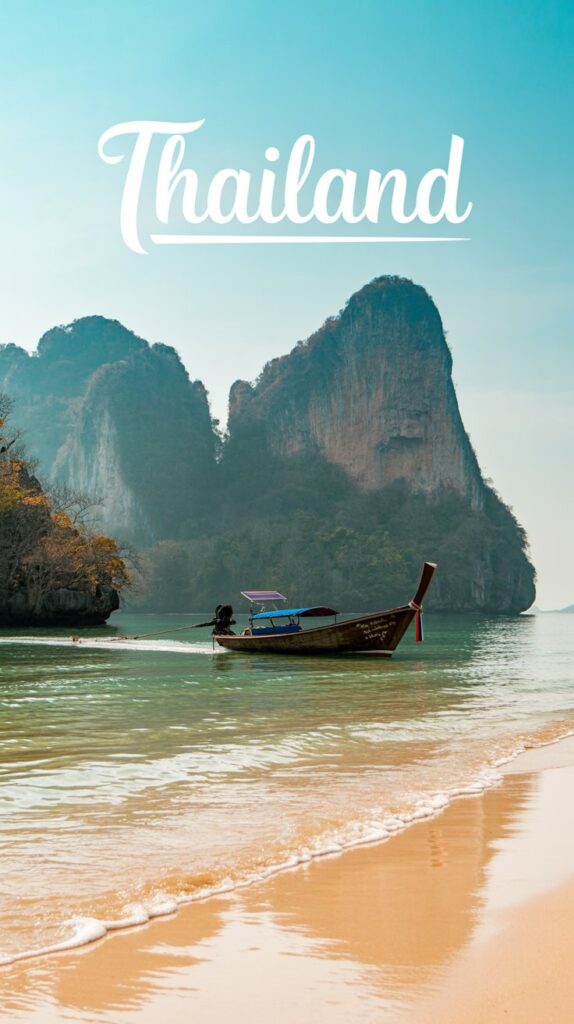
Indonesia: Home to over 17,000 islands, Indonesia offers diverse beach experiences—from Bali’s surf-friendly shores to the pristine beaches of Raja Ampat. The country also boasts active volcanoes like Mount Bromo and Mount Rinjani, as well as dense rainforests in Sumatra.

Cultural Experiences
Thailand: Rich in Buddhist heritage, Thailand is dotted with ornate temples and historical sites. Cities like Chiang Mai and Ayutthaya offer deep cultural immersion, while festivals like Songkran provide lively local experiences.
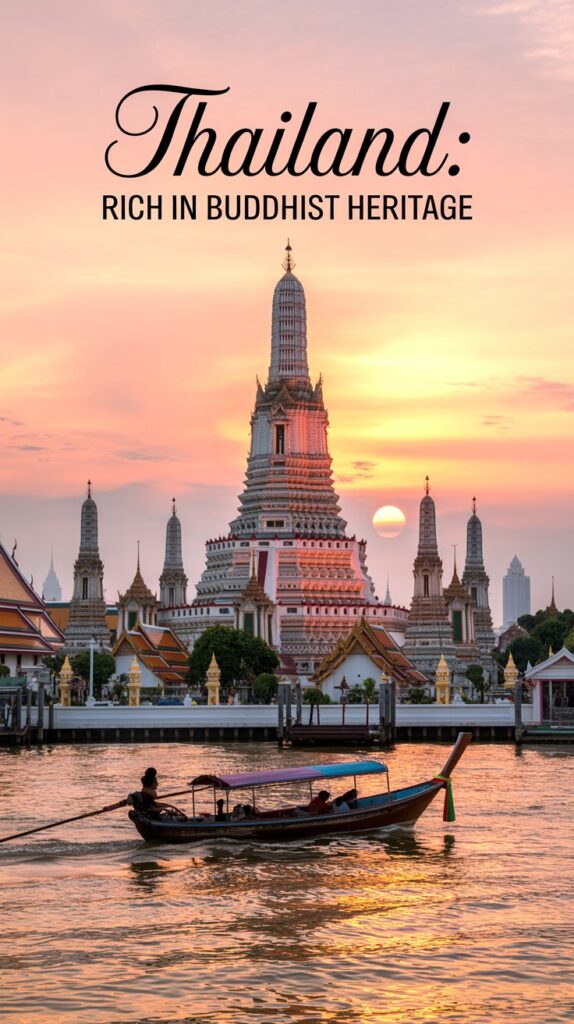
Indonesia: A melting pot of cultures, Indonesia’s diversity is evident in its languages, traditions, and religions. Bali showcases Hindu ceremonies and dances, while Java is known for its Islamic heritage and ancient temples like Borobudur.
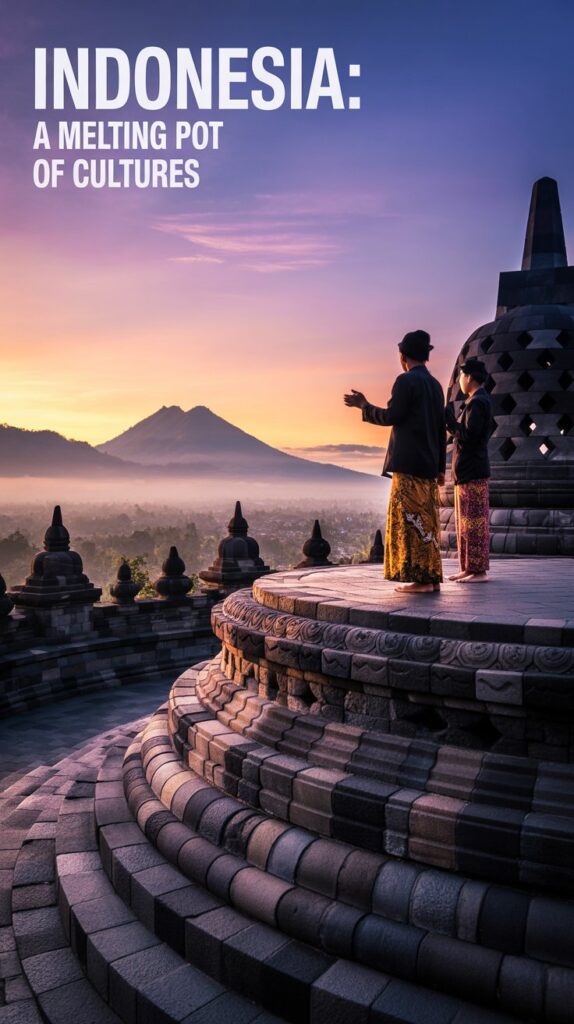
Cuisine
Thailand: Renowned globally for its flavorful dishes, Thai cuisine balances sweet, sour, salty, and spicy elements. Street food is a highlight, with offerings like pad Thai, green curry, and mango sticky rice readily available.
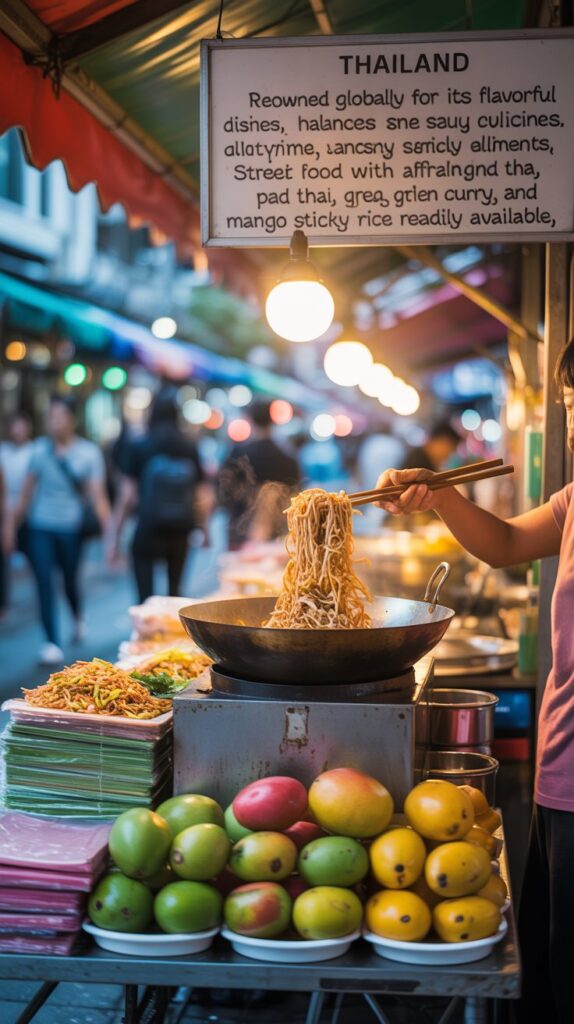
Indonesia: Offers a variety of regional dishes influenced by its diverse cultures. Staples include nasi goreng (fried rice), satay (grilled meat skewers), and rendang (spicy meat stew). Each island brings its own unique flavors to the table.
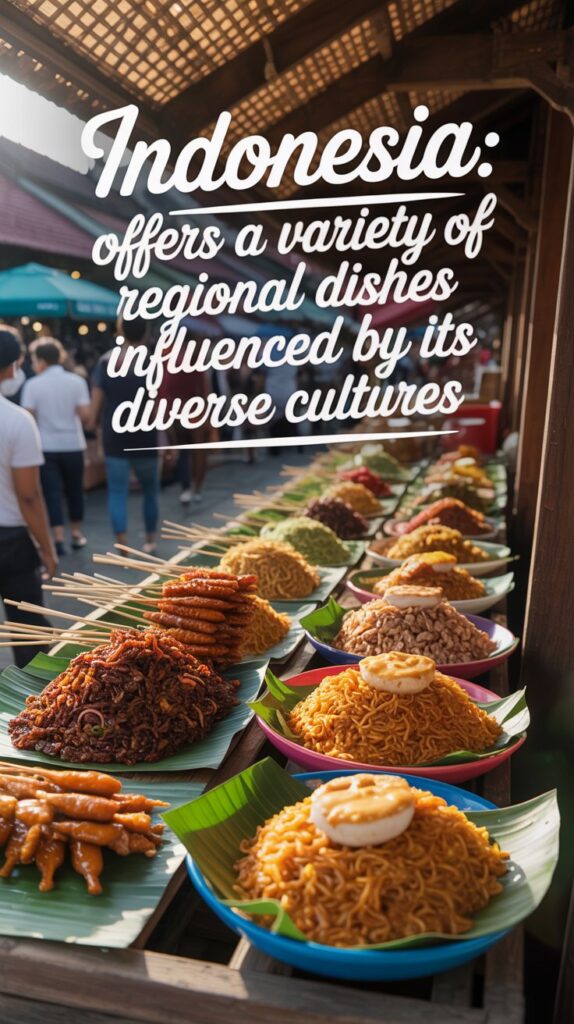
Cost of Travel
Thailand: Generally affordable, especially for budget travelers. Accommodation, food, and transportation are reasonably priced, with numerous options catering to different budgets.
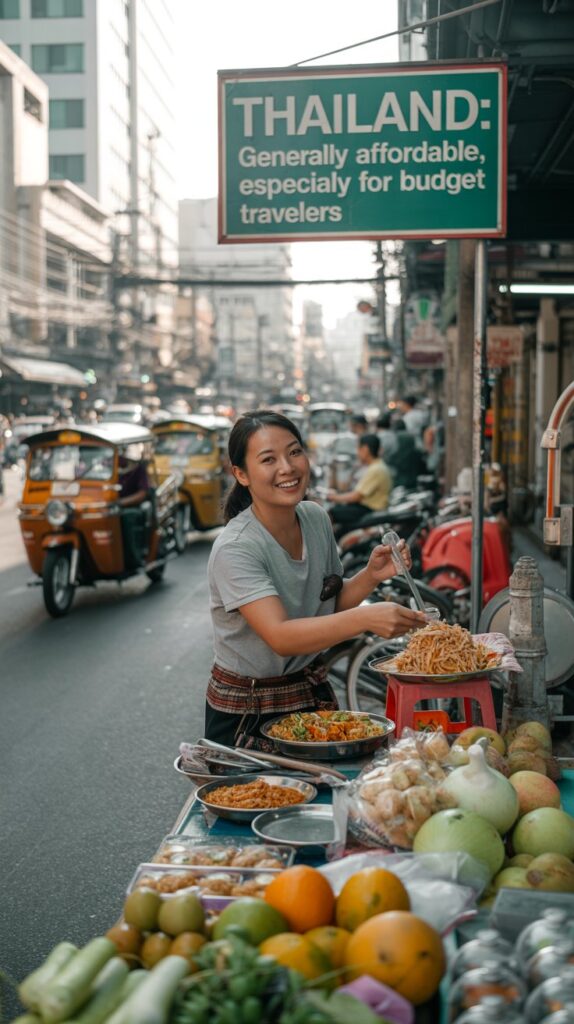
Indonesia: Also budget-friendly, though costs can vary depending on the island and remoteness of the destination. Bali, for instance, offers a range of accommodations from budget to luxury.
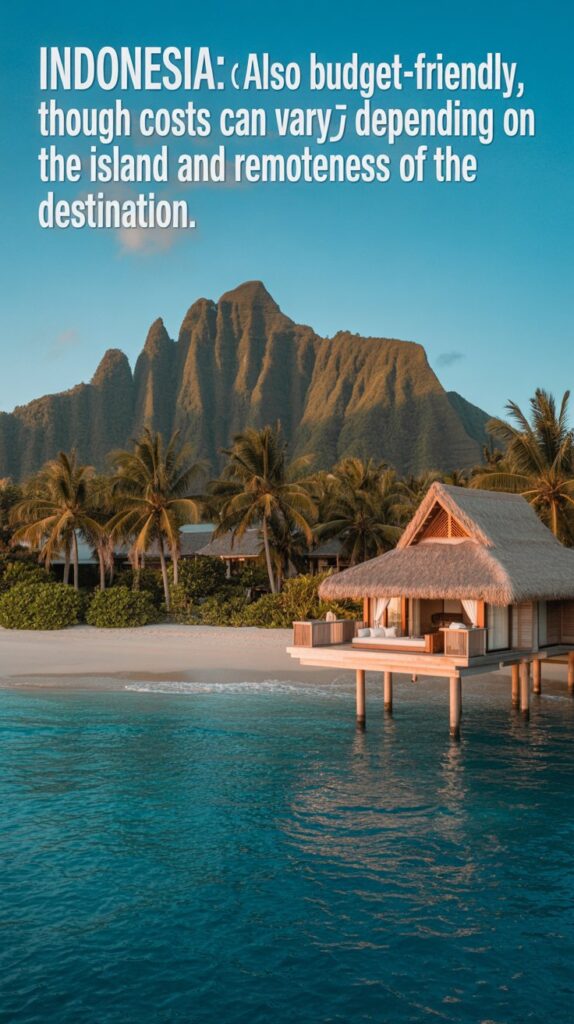
Transportation and Infrastructure
Thailand: Features a well-developed transportation network, including buses, trains, and domestic flights. Getting around is relatively easy, even for first-time visitors.
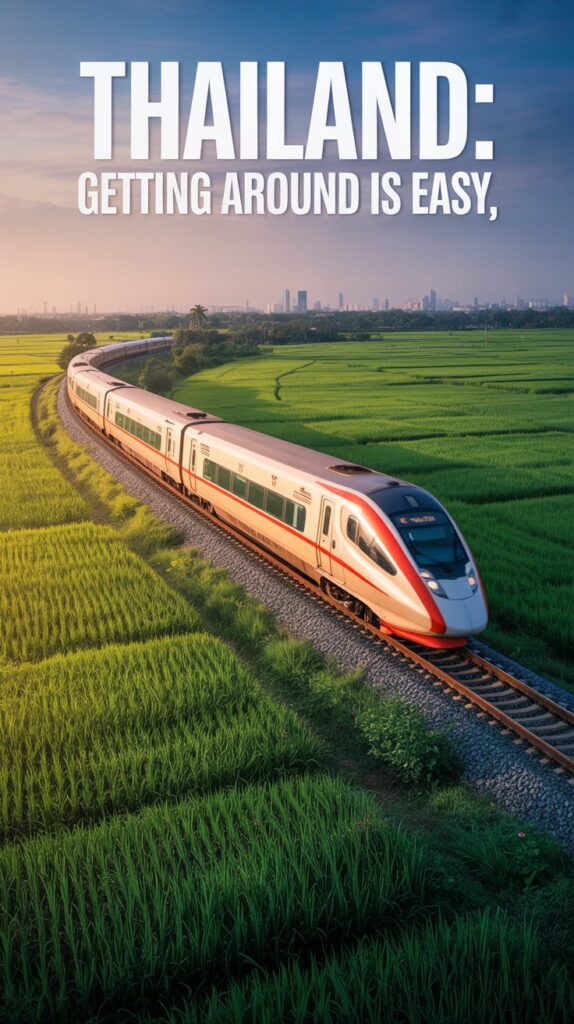
Indonesia: Transportation can be more challenging due to its archipelagic nature. Travel between islands often requires flights or ferries, and infrastructure may be less developed in remote areas.
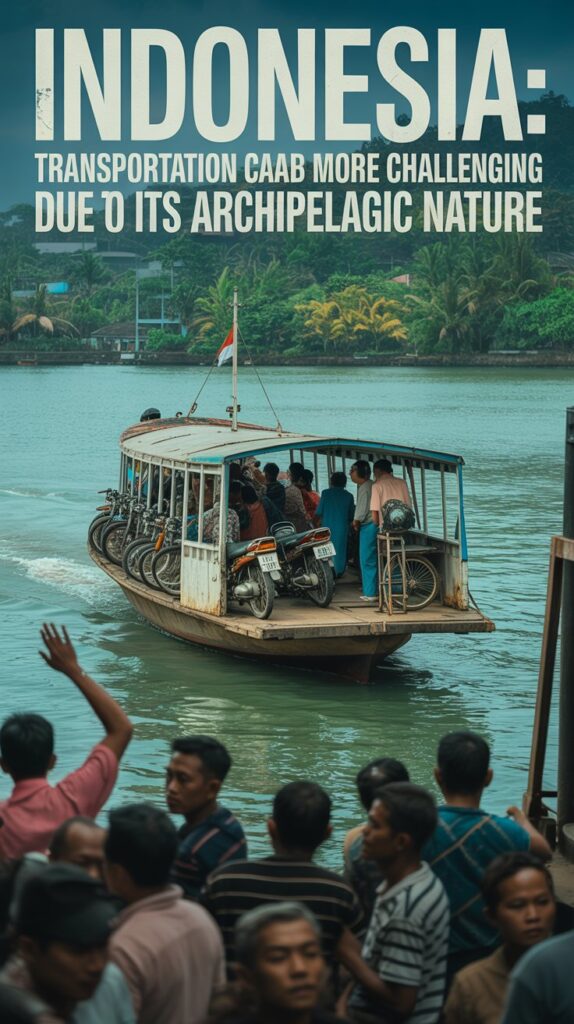
Nightlife and Entertainment
Thailand: Known for its vibrant nightlife, especially in cities like Bangkok and beach towns like Pattaya. Options range from nightclubs and bars to cultural shows and night markets.

Indonesia: Nightlife is more subdued, with Bali being the exception, offering beach clubs and bars. Other regions tend to have a quieter evening scene, focusing more on cultural performances and local gatherings.
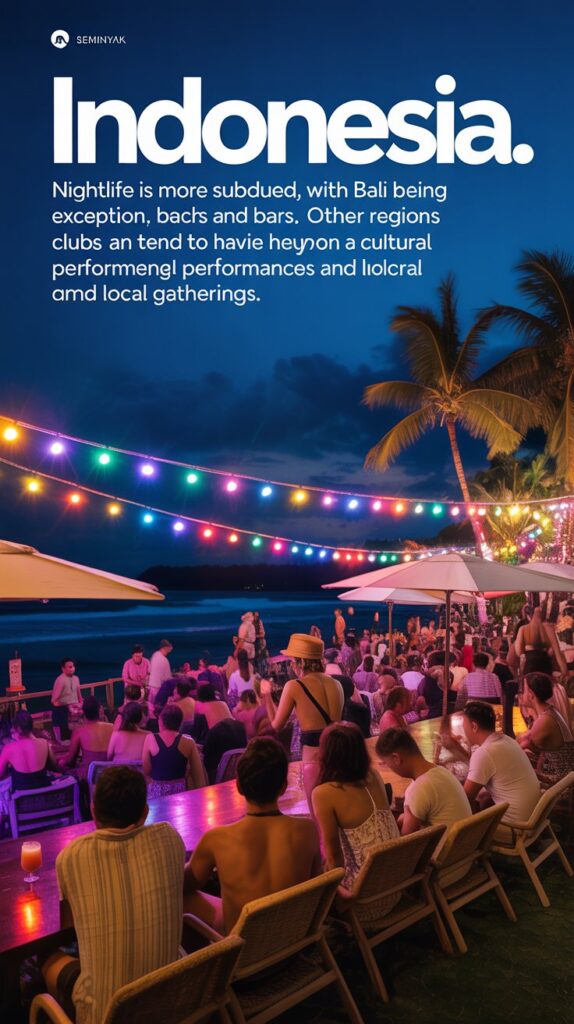
Adventure Activities
Thailand: Offers activities like rock climbing in Krabi, trekking in Chiang Mai, and diving in the Similan Islands. The country’s diverse landscapes cater to various adventure seekers.

Indonesia: A haven for adventurers, Indonesia provides opportunities for volcano trekking, surfing in Bali, diving in Raja Ampat, and exploring dense jungles teeming with wildlife.
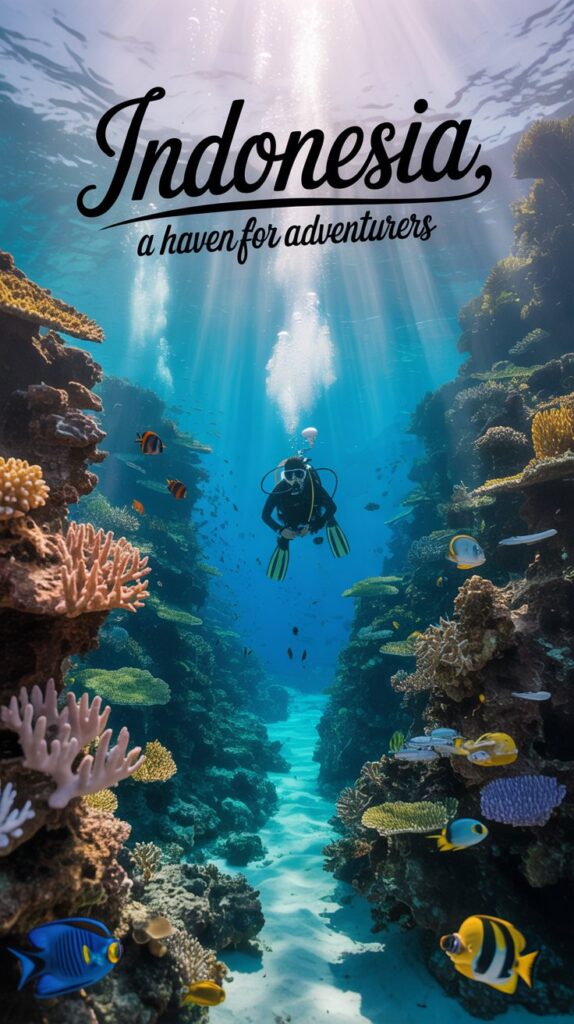
Final Verdict
Both Thailand and Indonesia offer rich and diverse experiences for travelers. If you prefer well-established tourist infrastructure, vibrant nightlife, and ease of travel, Thailand might be your ideal choice. Conversely, if you’re seeking off-the-beaten-path adventures, diverse cultures, and natural wonders, Indonesia could be the perfect destination.
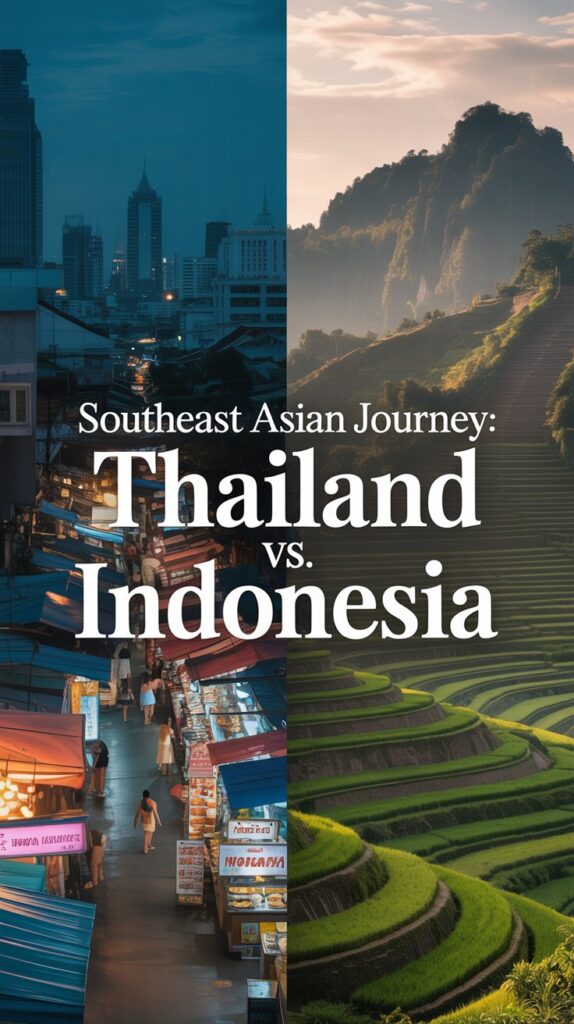
Consider your travel preferences, desired activities, and comfort levels to make the best choice for your Southeast Asian journey.
